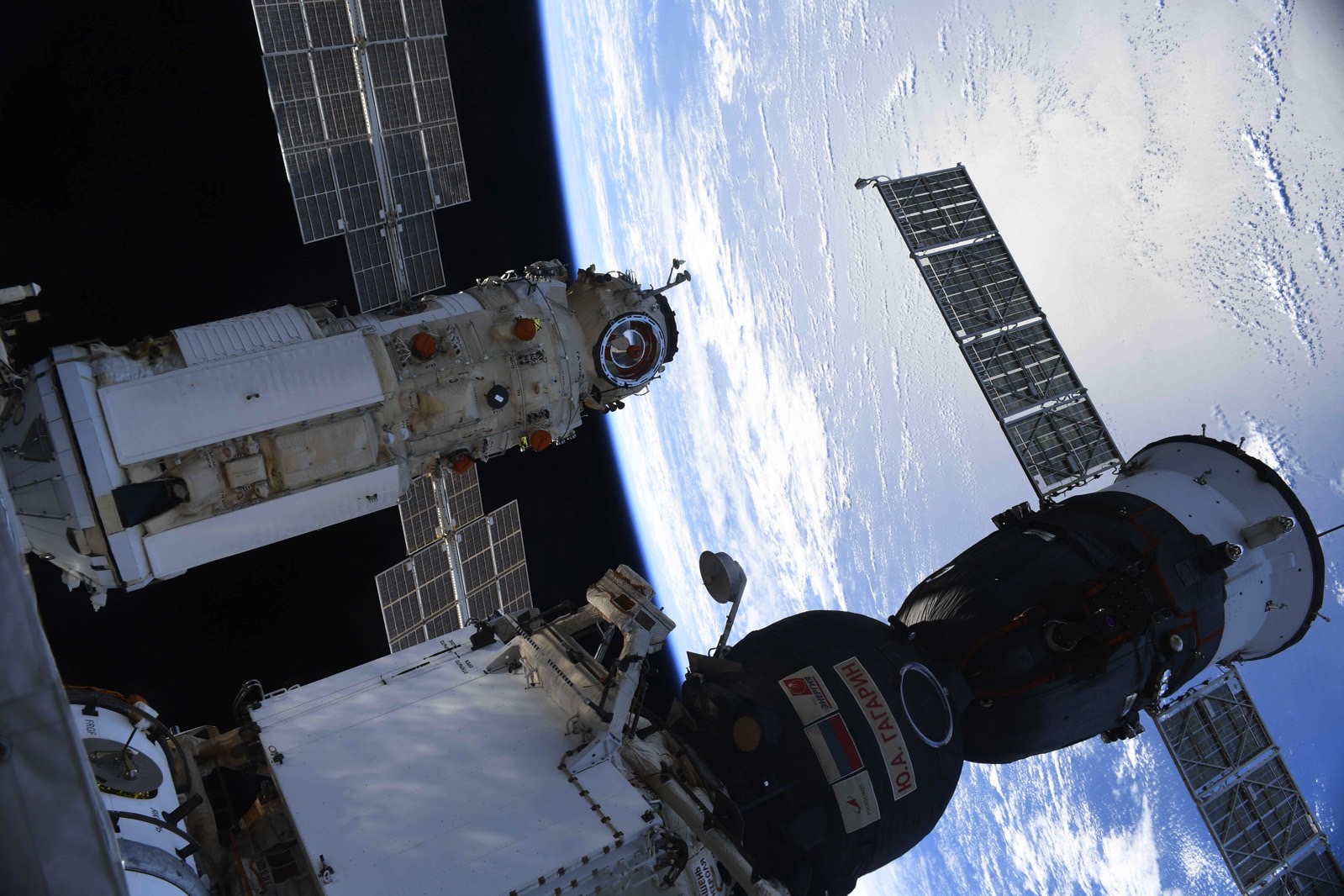The International Space Station (ISS) can’t catch a break. Less than a week after completing evasive maneuvers to avoid space junk, the ISS has had to perform yet another burn to prevent even more space junk in its orbit.
NASA says Russia’s Progress 89 spacecraft fired its thrusters for three and a half minutes on Monday, November 25, to steer the station clear of a piece of orbiting junk. This maneuver raised the station’s orbit by approximately 1,650 feet (500 meters).
This event followed a similar maneuver on November 19, when the Progress 89 spacecraft burned its thrusters for five and a half minutes. That earlier maneuver helped the ISS avoid a fragment from a defunct defense meteorological satellite that broke apart in 2015.
All this space junk poses a serious risk to the ISS, where even small objects traveling at high speeds can cause significant damage. And Low Earth Orbit, where the station operates, has become increasingly congested. Many have raised severe concerns over Earth’s space junk problem, but few feasible space junk solutions have been put into play.

As more satellites are launched, the risk of collisions only increases, creating a cascade effect that could generate even more debris. This growing threat, often referred to as the “Kessler Syndrome,” highlights the challenges of operating spacecraft safely in Earth’s orbit.
NASA and its partners rely on continuous monitoring to detect and predict the paths of potential debris threats. Agencies like the ESA and the U.S. Department of Defense provide data to help determine when evasive maneuvers are necessary. However, these efforts are reactive, and proactive measures are urgently needed with the increasing traffic in LEO.
Proposals for mitigating space debris include deorbiting defunct satellites, enforcing stricter launch and decommissioning regulations, and developing technologies to actively remove debris. International collaboration will be critical to managing this shared space responsibly.
However, Whether these help the ISS avoid future repositioning maneuvers is another matter entirely.

